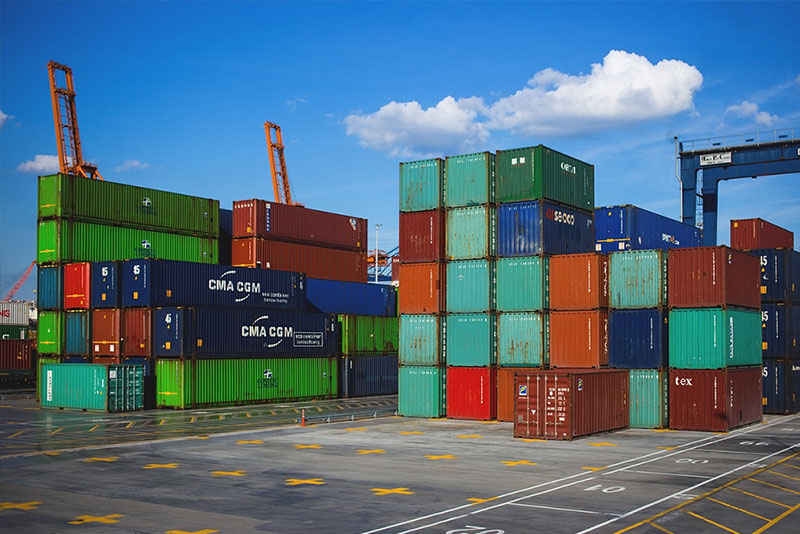In the realm of global commerce, cross-border e-commerce has emerged as a pivotal strategy for businesses aiming to expand their market reach beyond domestic borders. One of the critical components enabling the success of cross-border e-commerce is the establishment of US overseas warehousing facilities.
So, how does US overseas warehousing support cross-border e-commerce exactly?
Firstly, US overseas warehousing enhances logistical efficiency. By strategically placing inventory closer to international markets, businesses can significantly reduce shipping times and costs. This proximity allows for quicker order fulfillment, which is crucial in meeting the expectations of today's consumers who demand fast delivery.

Moreover, US overseas warehousing helps businesses navigate complex international shipping regulations and customs procedures. By storing goods locally in the destination country, companies can streamline the customs clearance process and avoid delays that could otherwise disrupt the supply chain.

Furthermore, these warehouses serve as distribution hubs that facilitate seamless inventory management. Through advanced inventory tracking systems and real-time data analytics, businesses can optimize their stock levels and respond swiftly to fluctuations in demand across different markets.
Another significant advantage of US overseas warehousing is its contribution to improving customer experience. With localized inventory, businesses can offer competitive shipping rates and shorter delivery times, thereby enhancing customer satisfaction and loyalty.
Additionally, US overseas warehousing supports cross-border e-commerce by mitigating risks associated with currency fluctuations and geopolitical uncertainties. By diversifying their warehousing locations, companies can spread these risks and maintain operational continuity even in challenging global conditions.
In conclusion, US overseas warehousing plays a pivotal role in supporting cross-border e-commerce by enhancing logistical efficiency, facilitating compliance with international regulations, optimizing inventory management, improving customer experience, and mitigating global business risks.